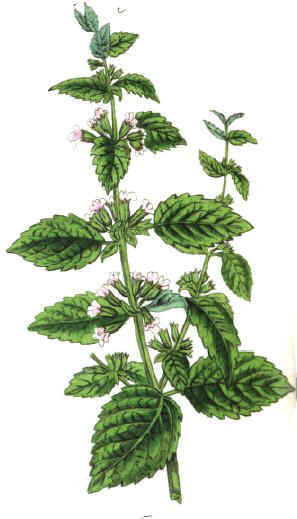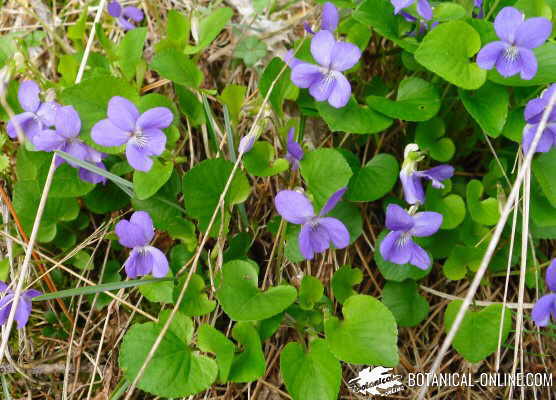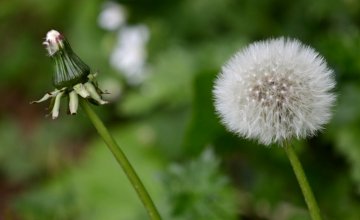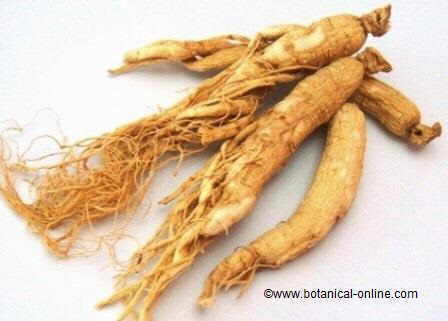Contents
PROPERTIES OF TUPA OR DEVIL’S TOBACCO
What is a tupa (Lobelia excelsa)?
Tupa (Lobelia excelsa) is a deciduous shrub of the family of Campanulaceae from 1.20 to 1.80 m heigh.
The name of this genus “Lobelia” is due to the Dutch botanist Mattias de Lobel (1538-1636)
Characteristics of tupa or devil’s tobacco
Stems erect. Cutting them produces a latex that is considered poisonous.
Leaves short pedunculated, narrower at the base, lanceolate, whole, parallelinerve, with the margin sawed, light green above, grayish green below.
Very showy orange-red flowers, tubular in shape up to 6 cm in length. The flowers contain a single lip. It blooms from May to September.
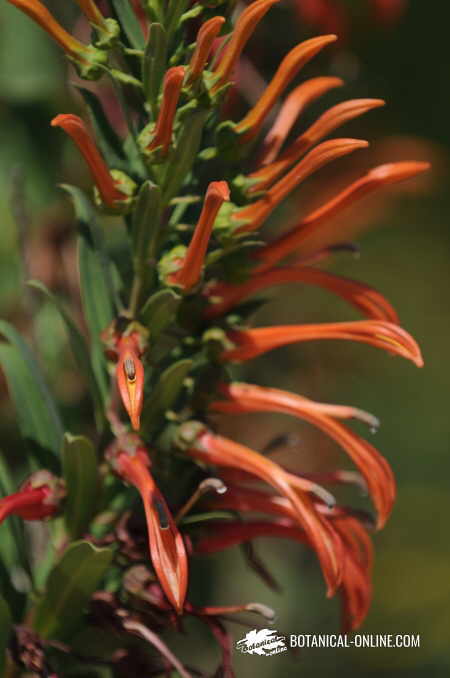 Tupa flowers (Lobelia excelsa)
Tupa flowers (Lobelia excelsa)
Where does tupa plant leave? Habitat of Tupa
Endemic plant in Chile, both in coastal areas and in nearby hills, from 0 m to 2000 m above sea level. It can be found in the wild between Coquimbo and Talca.
The beauty of its flowers and nectar richness attracts a large number of bees, butterflies and hummingbirds, being the Peruvian giant hummingbird (Patagona gigas) one of the usual birds that we can see on them..
Cultivation of devil’s tobacco
It is cultivated for the beauty of its flowers, being easy to grow. It only needs dry summers and wetter winters, with rainfall between 400 and 800 liters.
It admits pruning, even drastic. The plant is reborn from the most woody parts.
Plant quite resistant to frost, can withstand up to – 9 ºC. It prefers a sunny exposure with a north orientation.
Uses of devil’s tobacco
The native Araucanians have been using it as a hallucinogenic plant.
It is considered a toxic plant, hence it is also known by the name “devil’s tobacco”, a name given to it by the similarity of the leaves of this plant with tobacco plant (Nicotiana tabacum), so it is advisable not to ingest any part of it.
Tupa, like other lobelias (Lobelia inflata, Lobelia cardinalis, Lobelia chinensis or Lobelia siphilitica) is rich in an alkaloid called lobeline. Lobeline has been used in the manufacture by the pharmaceutical industry of pills to help quit smoking, as well as for the discontinuation of other drugs such as alcohol, cocaine or amphetamines
![]() More information on plants.
More information on plants.




